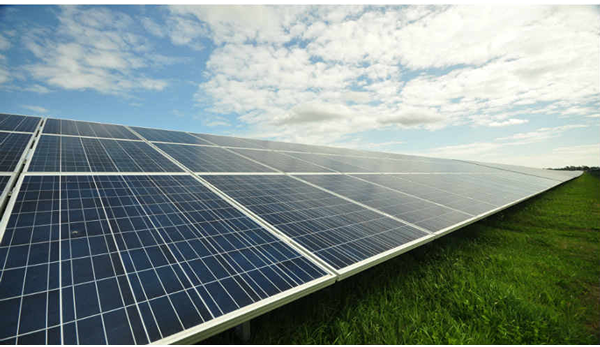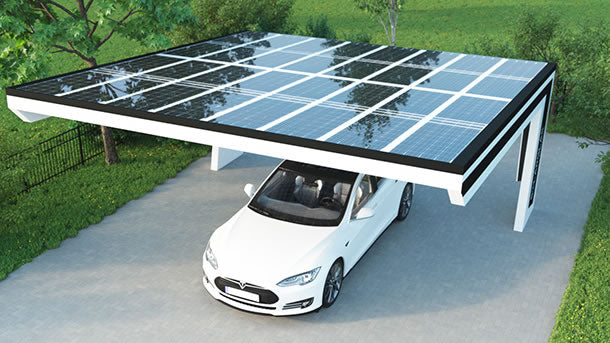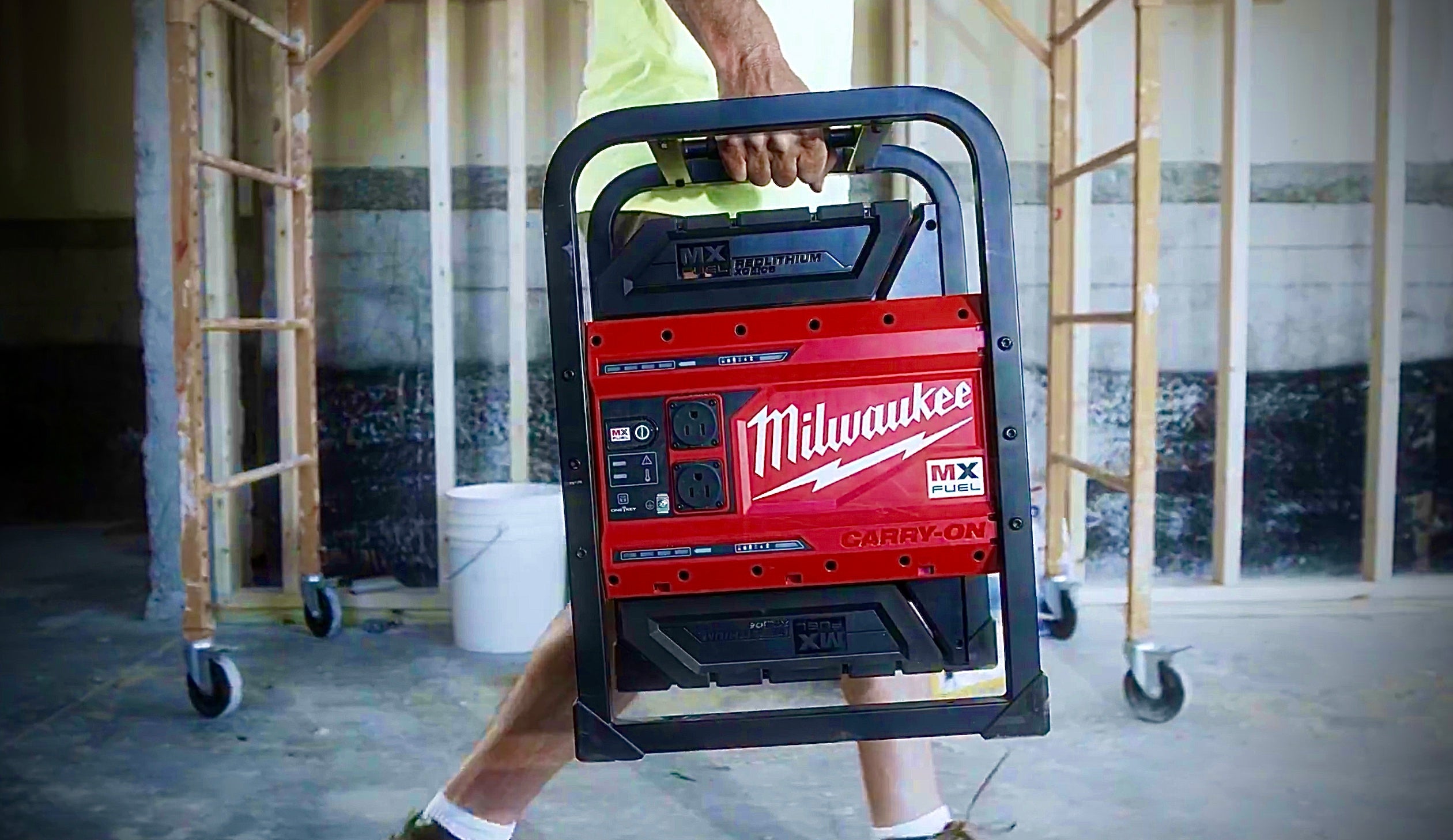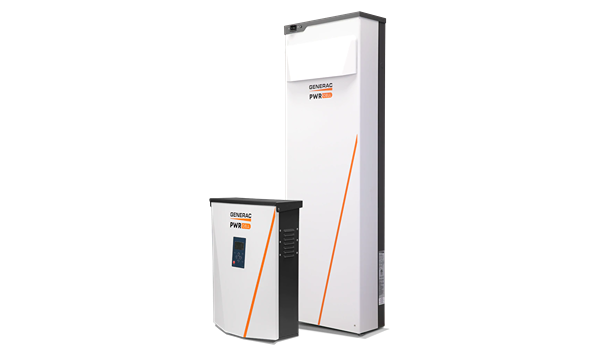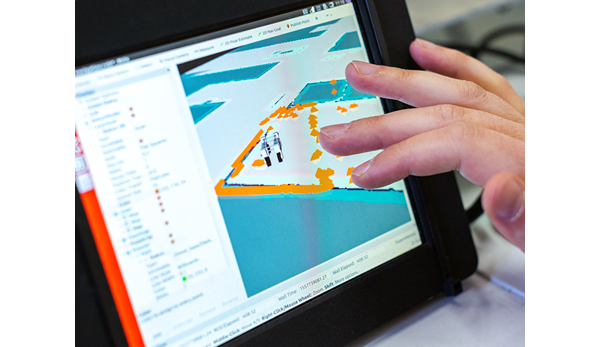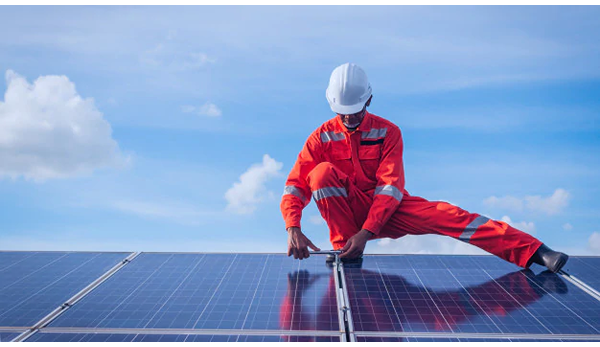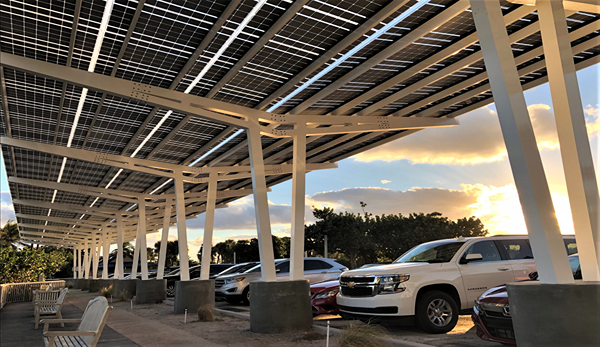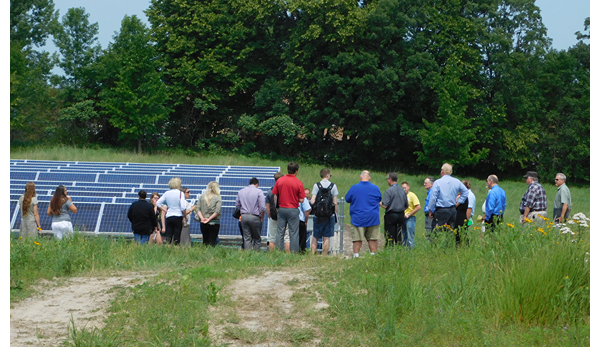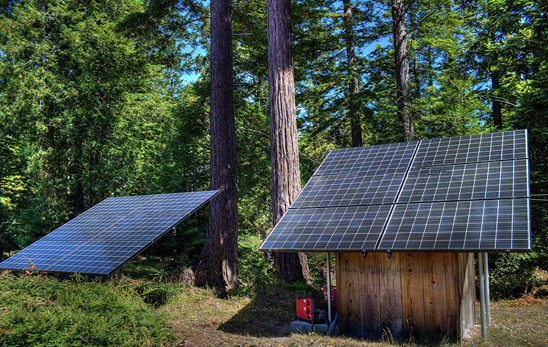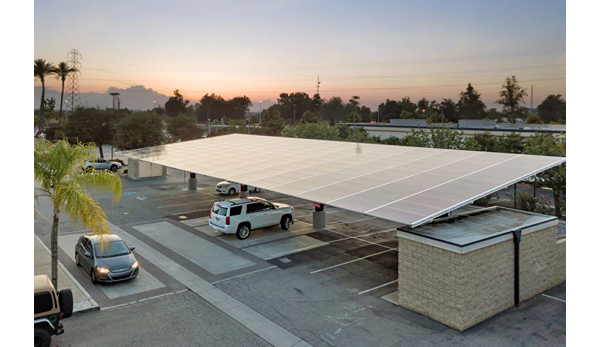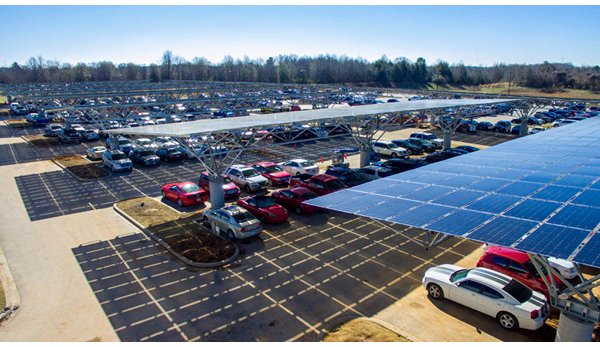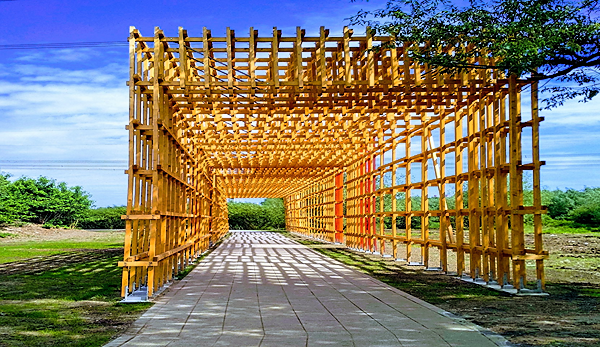
The Future of Solar Panels: Perovskite and Bifacial
The Future of Solar Panels: Perovskite and Bifacial
The Next Dominant Technology for Solar Energy Generation
Solar power has gained significant momentum in recent years as a viable alternative energy source. The increasing demand for solar panels is driving the industry to evolve and improve. While traditional silicon solar panels have been the standard for many years, the emergence of perovskite and bifacial solar panels is quickly changing the game.
Perovskite Solar Panels
Perovskite solar panels are a relatively new technology in the solar industry. They are made of a hybrid organic-inorganic material that is cheap and easy to produce. They are made of a synthetic material known as perovskite, which has unique properties that make it an attractive alternative to traditional silicon solar cells. These panels have shown to be more efficient in converting sunlight to electricity than traditional silicon solar panels, making them a promising replacement.
The advantages of perovskite solar panels over traditional silicon solar panels are numerous. For one, they have a lower production cost due to their simple production process. Additionally, they are more lightweight and flexible, making them easier to install in a variety of settings. They are also more efficient in low-light conditions and have a higher power output than traditional panels which means they can generate more electricity per unit of surface area.
However, the challenges of perovskite solar panels cannot be ignored. One of the most significant challenges is their susceptibility to moisture and heat, which can reduce their lifespan. Researchers are actively working to address these challenges, and breakthroughs have been made in recent years concerning more stable perovskite materials and encapsulation technologies to protect the cells from the environment.
Despite these challenges, the potential of perovskite solar panels in the market is immense. They have the potential to reduce the cost of solar energy and increase its accessibility to a broader range of people.
Bifacial Solar Panels
Bifacial solar panels are another new technology in the solar industry. Unlike traditional solar panels, bifacial panels can capture sunlight from both sides of the panel. This makes them more efficient than traditional panels and allows them to generate more energy per square foot.

The advantages of bifacial solar panels over traditional silicon solar panels are significant. They have a higher energy yield due to their ability to collect light from both sides. Bifacial solar panels can generate up to 27% more electricity per unit of surface area than traditional single-sided solar panels. This means that they can produce more energy from the same amount of space, which can be particularly useful in applications where space is limited.
They are also more durable and can withstand harsh environmental conditions better than traditional panels. Additionally, they are more aesthetically pleasing as they have a sleek, glass-like appearance.
However, there are still some challenges associated with bifacial solar panels. One of the biggest challenges is the cost of the panels. They are still more expensive than traditional solar panels, making them less accessible to the general public. Additionally, bifacial solar panels require specialized mounting systems that can be more complex and expensive than those used for traditional solar panels.
Despite these challenges, the potential of bifacial solar panels in the market is considerable. They have the potential to generate more energy per square foot and have a longer lifespan than traditional solar panels.
Perovskite and Bifacial Solar Panels Working Together
Perovskite and bifacial solar panels can work together to create a more efficient solar panel system. Bifacial solar panels can capture light from both sides, while perovskite solar panels can convert more of that light into electricity. This combination can increase the energy output of a solar panel system.
The benefits of using perovskite and bifacial solar panels together are significant. They can increase the efficiency of the solar panel system, which can reduce energy costs and increase the return on investment. Additionally, the combination of the two technologies can result in a longer lifespan for the solar panel system. When combined, perovskite and bifacial solar panels complement each other's strengths and weaknesses. Bifacial solar panels can be placed on top of Perovskite solar panels to improve their efficiency, while perovskite solar panels can provide a stable base for bifacial solar panels. This can lead to significant improvements in solar panel efficiency and cost-effectiveness.
There are already many successful examples of perovskite and bifacial solar panels working together. For example, in 2018, a research team at the Korea Institute of Energy Research developed a hybrid solar panel that combined perovskite and bifacial technologies. The panel was able to convert 26.7% of the sunlight it received into electricity.
A Chinese company, Trina Solar, has developed a module that integrates perovskite and bifacial solar panels. The module achieved a record-high efficiency of 25.5%, demonstrating the potential of combining these technologies.
Applications of Perovskite and Bifacial Solar Panels
Perovskite and bifacial solar panels have a wide range of applications. They can be used in residential, commercial, and industrial settings, as well as large-scale power plants. They can also be used in emerging
In residential applications, perovskite and bifacial solar panels can be installed on rooftops to generate electricity for households. In commercial and industrial applications, they can be used to power factories and office buildings. In large-scale power plants, they can generate electricity for entire cities.
Moreover, perovskite and bifacial solar panels have potential for emerging applications, such as transportation and space exploration. In transportation, perovskite solar panels can be integrated into vehicles, such as cars and planes, to power their electric engines. In space exploration, bifacial solar panels can be used to generate electricity for spacecraft, where sunlight is abundant.
Perovskite and Bifacial Solar Panels and Energy Storage
In addition to their individual advantages, perovskite and bifacial solar panels can also be integrated with energy storage systems to provide a reliable and consistent source of renewable energy. Energy storage systems are crucial in ensuring that solar power generation is not affected by intermittent weather conditions and can continue to supply power even during times of peak demand.
One of the challenges of solar power generation is that it is dependent on sunlight availability. However, energy storage systems can store excess solar energy during the day and use it when sunlight is not available. Therefore, integrating solar panels with energy storage systems is crucial for maximizing the benefits of solar power generation.
Perovskite and bifacial solar panels are compatible with a variety of energy storage systems, including lithium-ion batteries, flow batteries, and pumped hydro storage. The combination of perovskite and bifacial solar panels with energy storage systems allows for excess energy to be stored during periods of high generation and used during periods of low generation, providing a more stable and reliable source of electricity. In addition, energy storage systems can help reduce the need for costly upgrades to the existing grid infrastructure.
The Market Potential of Perovskite and Bifacial Solar Panels
The market potential of perovskite and bifacial solar panels is significant. According to a report by the International Energy Agency, solar energy is expected to become the largest source of electricity by 2035, with solar photovoltaic (PV) capacity increasing to almost 8,000 GW by 2040 and a compound annual growth rate of 20.5%. Perovskite and bifacial solar panels are expected to play a key role in this growth, with their unique advantages and potential for cost reduction.
The economic benefits of using perovskite and bifacial solar panels are substantial. These panels have the potential to significantly reduce the cost of solar power generation, making it more competitive with traditional forms of energy. In addition, the increased adoption of solar energy can lead to job creation and economic growth in the renewable energy sector and improve energy independence for entire countries.
The regulatory landscape for perovskite and bifacial solar panels is also favorable. Governments around the world are implementing policies to promote the adoption of solar power generation and incentivize the use of renewable energy sources. To fully realize the potential of perovskite and bifacial solar panels, it is important to establish supportive policies and regulations that encourage their adoption and growth in the market.
The Future of Perovskite and Bifacial Solar Panels
The development of perovskite and bifacial solar panels is still in its early stages, but current research and development efforts are focused on improving the efficiency and stability of these panels. Future advancements in perovskite and bifacial solar panel technology are expected to improve their durability, reduce their manufacturing costs, and increase their efficiency even further.
The impact of perovskite and bifacial solar panels on the solar energy industry is significant. Their ability to reduce the cost of solar power generation and provide a more reliable source of renewable energy has the potential to revolutionize the industry. As these technologies continue to develop and become more widely adopted, the future of solar energy generation looks bright.
Conclusion
Perovskite and bifacial solar panels are emerging technologies that have the potential to transform the solar energy industry. Their unique advantages, including higher efficiency, lower manufacturing costs, and greater flexibility in installation, make them attractive options for a variety of applications. The integration of these panels with energy storage systems also enhances their reliability and stability, making solar power generation a more consistent and reliable source of energy.
While there are still challenges to be addressed, including the need for supportive policies and regulations and improvements in the stability and durability of these panels, the future of perovskite and bifacial solar panels looks promising. As research and development efforts continue to improve the technology, the potential for these panels to revolutionize the solar energy industry grows stronger.



